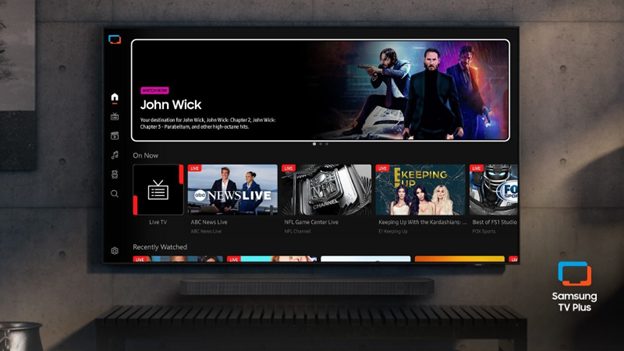SMPTE 2014: Coax for 4KTV
HOLLYWOOD—Maybe Belden will build 4K coax cable. Maybe not if no one wants it. Steve Lampen of Belden, the industry’s cable sage, asked for a show of hands in a ballroom full of video engineers, of who planned on using coax for 4K. One hand tentatively moved, but Lampen counted zero.
“Everyone thinks you have to use fiber,” he said. “Why waste $10 million to develop this product when we can buy another company?”
Moving 4K through a facility is one of the chief barriers to a full 4K workflow. It’s bandwidth heavy, for one thing. Uncompressed HD, for example is 1.5 GHz in the serial digital interface standard, or SDI. Ultra high-def at 60 fps is theoretically 12 GHz. A lot of facility equipment is in the early stages of development as well, including cables and connectors.
The trend within broadcast facilities now is toward Ethernet. ESPN’s new 194,000-square-foot facility in Bristol, Conn., is Ethernet-centric.
“The stuff that the data centers buy is so much cheaper than your stuff,” he told the group. “You’re gonna buy their stuff.”
Making 4K coax is complicated for several reasons. One is that broadcast 4K at 3840x160 pixels and “Hollywood” 4K at 4096x160. Testing is another issue. Testing gear is typically 50 ohms; 75 is preferred for 4K, he said.
Higher bandwidth signals present complications beyond capacity issues. They require more robust shielding to prevent signal electromagnetic leakage. Belden is working on a tri-shield, 95 percent braid, he said. The company has one now that yields a 20 dB improvement over the foil/braid configuration at high frequencies.
Another issue is the absence of standards.
“There are no standards for 4K single-link cable,” he said. “Lots of talk. Nothing signed. Single-link is the problem…. I can sell you mutli-coax with existing connectors. Not a problem. The problem, again, is single-link.”
With single-link, there are no potential complications from slight variations in cable lengths, which potentially can introduce signal problems.
“Our 4K cables will probably install faster than HD and 3G cables that you’re using now,” he said. “The one thing that’s iffy is flexibility. I’m not saying never, but it will be really tough to make something even reasonably flexible. The distances will be so short, you won’t be able to use it for anything.”
It’s more expensive and performs less well, but that’s what everyone wants, he said.
He said Belden is working on Cat. 8 cable, which would go up to 328 feet/100 meters. Dual-link 3G is proposed, which would enable 6 GHz to reach 785 feet/239 meters.
“The 12 GHz proposed is the problem,” he said. They could do it to 347 feet/106 meters, but “we have never made any. You have to put a hand or two up.”
Besides, he said, “347 feet/106 meters… is that far enough? If not, we’re not going to make any.”
And if there is no market for 4K-capable coax, there will be no 4K-capable coax.
“You’re going to be leaving the coax realm and going into unknown territory filled with all sorts of problems you’ve never dealt with because you’ve been in the coax world the whole time,” he said.
Torpedoes be darned, Lampen said Belden is shooting to have actual 4K cable at the NAB Show next April. Connectors? Another matter, Lampen said.
“Who the hell knows when.”
The professional video industry's #1 source for news, trends and product and tech information. Sign up below.
